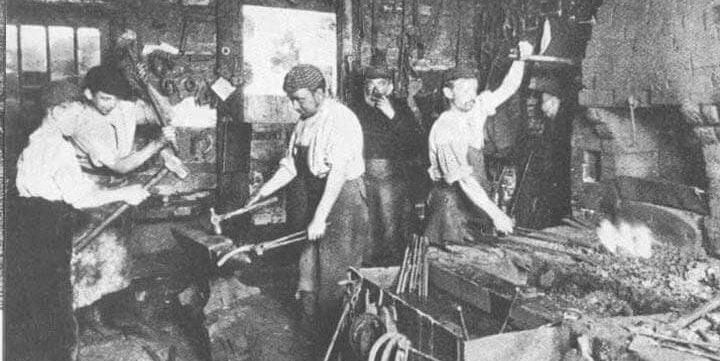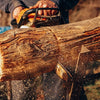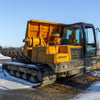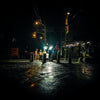The History of Modern Workwear

At Wearwell, we manufacture and supply some of the country’s best workwear and personal protective equipment, with an extensive selection of boilersuits, coats, jackets, aprons, and more, designed to meet the needs of those working within industries where there is a risk of fire, flame, arc flash, heat, contamination, and chemicals. And while we strive to be innovative in our design, the truth is that much of what we create today has its origins way back in the 18th century, when modern workwear was first introduced.
Let’s take a look at where modern workwear came from, and how it’s changed…
Pre-Industrial Revolution
Workwear has always been around in one way or another, but the history of modern workwear begins with those working the land in the 1700s, and even earlier. Farmers had a need for clothing that was durable and hard wearing, and would naturally select garments that met these strict sets of criteria. At this point, workwear certainly existed within other industries, but was primarily used for identification purposes and to distinguish one role from another. Marine workwear, for example, saw seamen in striped shirts and flared trousers, and cabin stewards in white uniforms with brass accents.
The Industrial Revolution
Everything changed with the industrial revolution with a shift in working environments from farming and agriculture to factories. And while workwear was not considered to be an immediate priority, news quickly spread of the poor conditions that employees were working under, especially with the publication of high profile novels such as Upton Sinclair’s The Jungle which delved into the dangers of chicago’s meat packing industry. Awareness of these factory conditions made health and safety into a much bigger and more pressing issue on a global scale, and modern workwear as we know it was born.
Factory Chic
The use of workwear in factories and in other manual labour jobs began to rise, and this renewed focus on protective clothing did the unthinkable: it created a whole new fashion trend. ‘Factory chic’ was based on workers clothing, with one of the most famous garments being the TuTa; an all-in-one garment made from a single strip of material, replicating the overalls often worn in factory settings. And while the term ‘factory chic’ isn’t particularly used today, the trend is showing no signs of dying out. The TuTa, of course, inspired today’s beloved jumpsuit, while heavy work boots stirred the popular trend for big, chunky footwear such as Dr Martens and Landrover boots.
19th & 20th Centuries
With a greater focus on health and safety across factory settings, and with ‘factory chic’ taking over, it was natural that workwear would expand into other industries, and across other job roles. Starting in the late 1800s, bin men took to wearing heavy boots and durable corduroy to protect them when dealing with heavy loads, while boilersuits began to appear within the railway industry around the start of the 20th century.
Today
Today’s workwear may well be more advanced, more protective, and more tailored to individual industry needs, but it’s easy to see how modern workwear has been so heavily influenced by designs of the past. At Wearwell, we believe in leveraging the power of these tried-and-tested, long lasting designs and styles, adding our own modern additions to ensure that today’s workwear does exactly what it’s supposed to.





